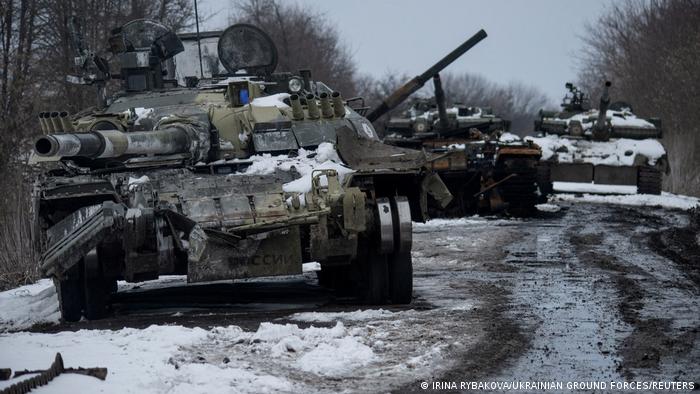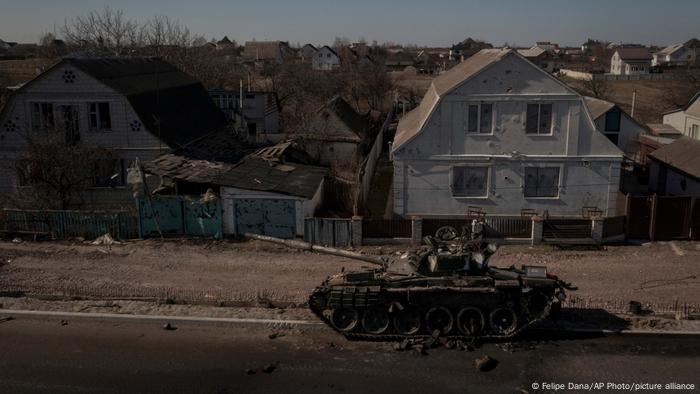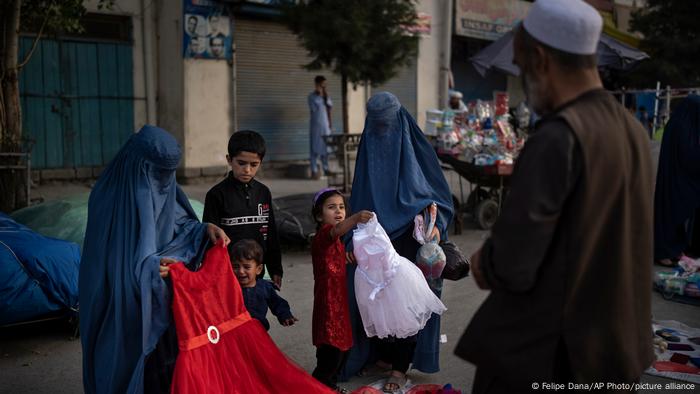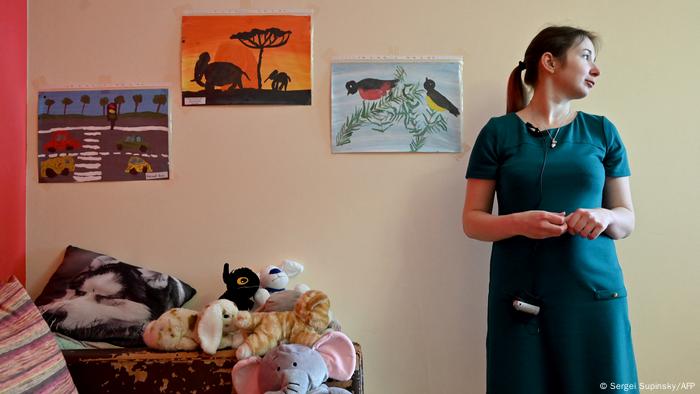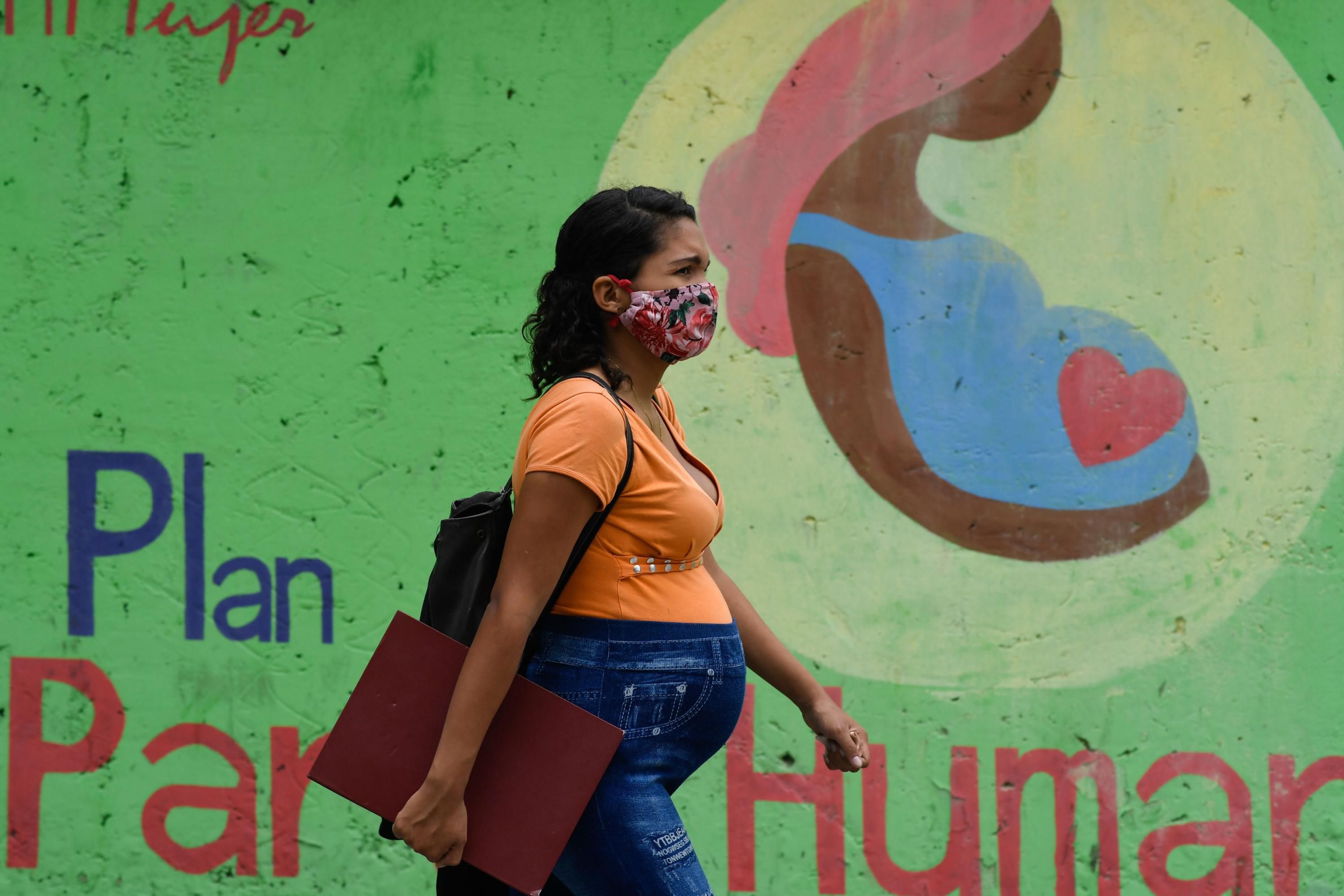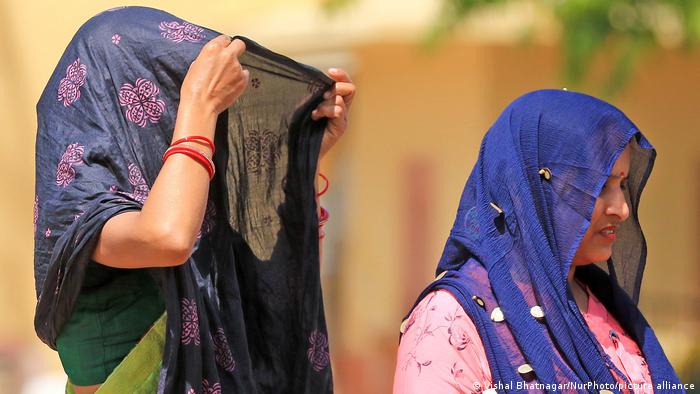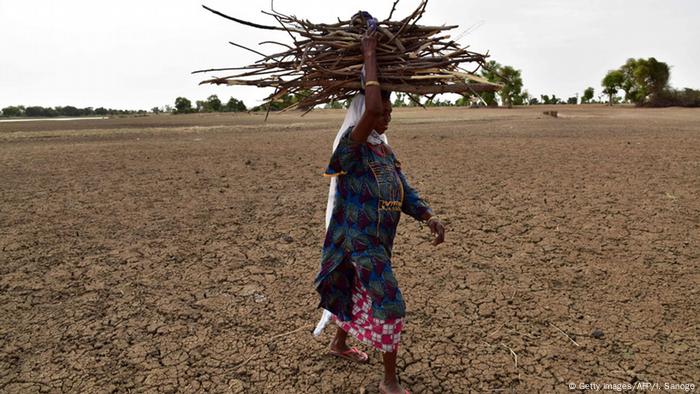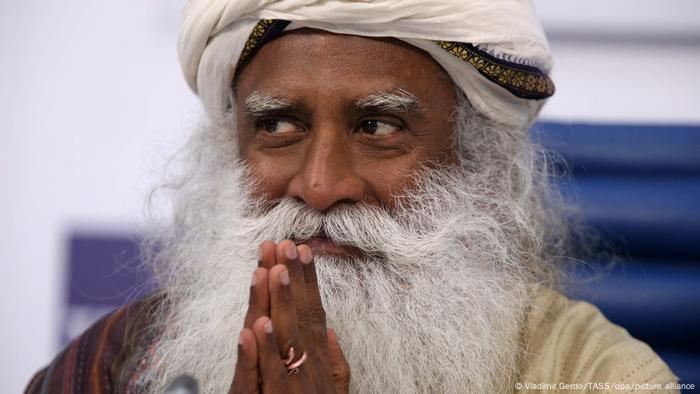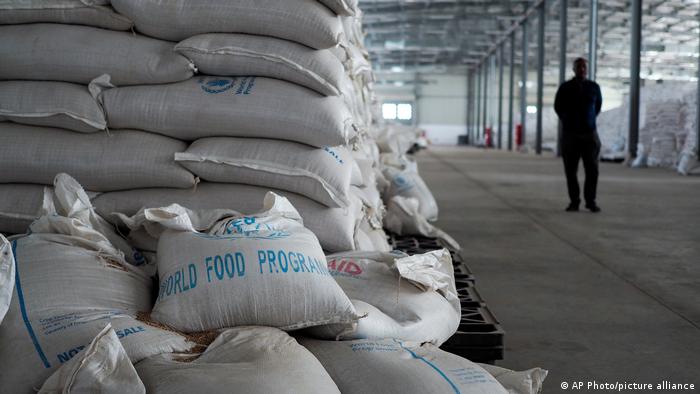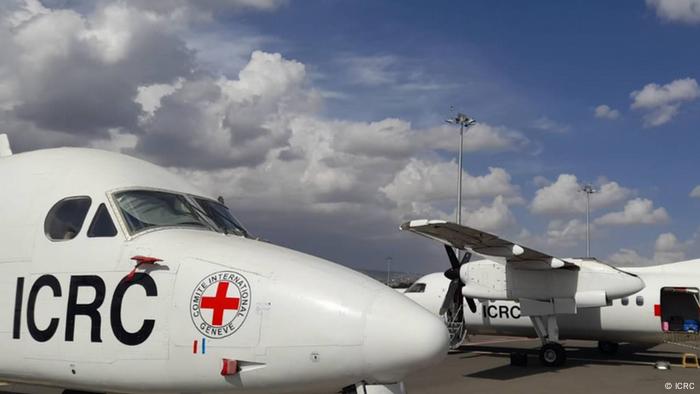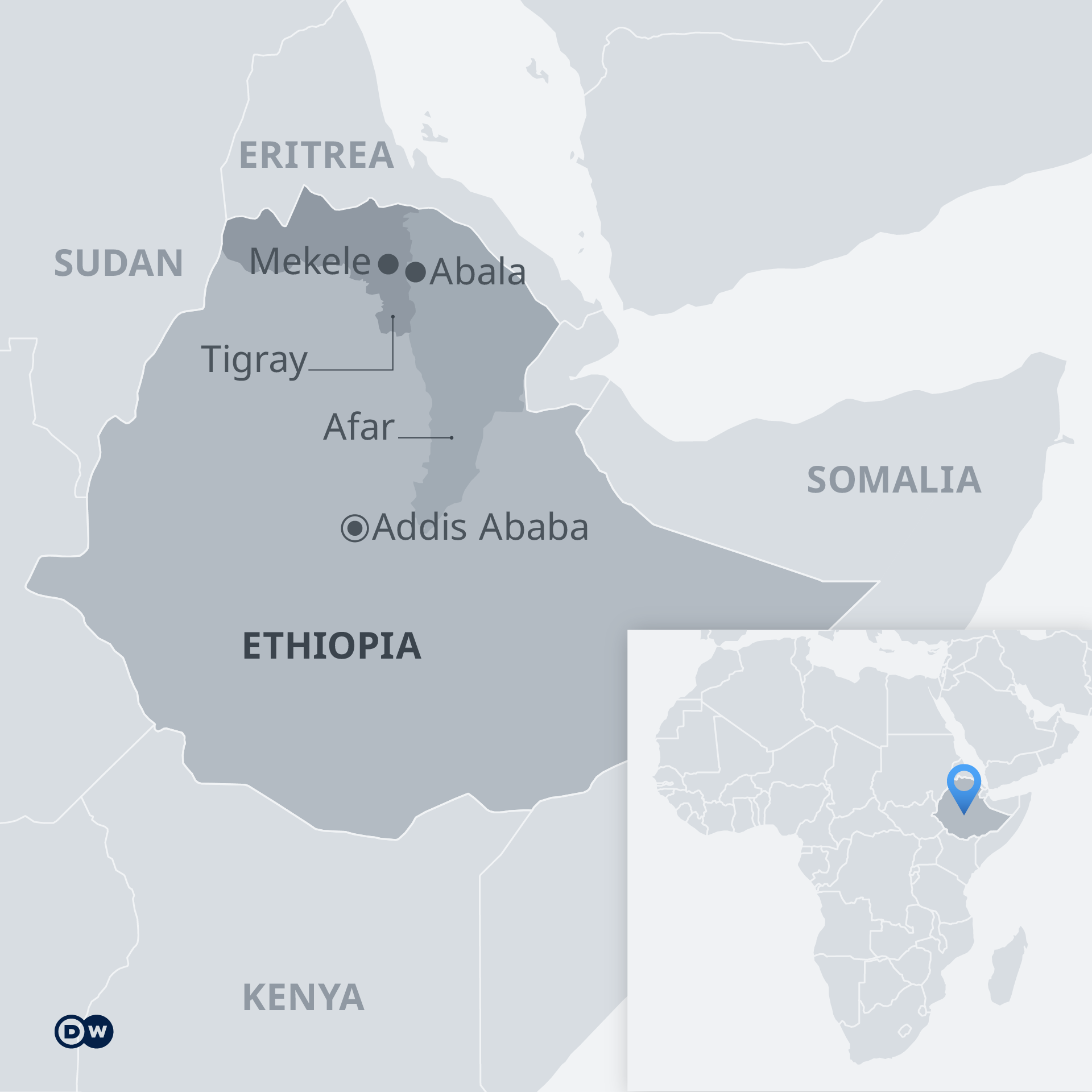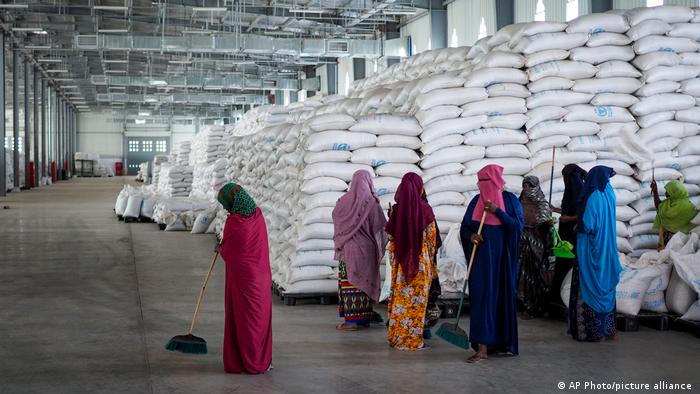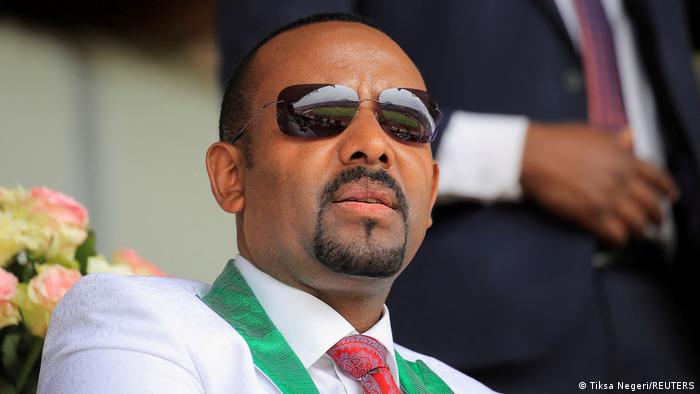Red Hot Chili Peppers: From the strip club to stadium tours
A star on the Hollywood Walk of Fame, a new album and a world tour: A look back at the history of the Red Hot Chili Peppers as they release "Unlimited Love."

Reunited: Anthony Kiedis, John Frusciante, Flea and Chad Smith
Too weird, too unconventional, too excessive — that's how many music critics rated the Red Hot Chili Peppers when the band started out back in the early 1980s.
But the California band built around childhood buddies Anthony Kiedis and Michael "Flea" Balzary has passed the test of time. Despite facing death, drug excesses and band fights, they successfully rocked their way into the 21st century.
On April 1, the band releases "Unlimited Love," their 12th studio album, which features the return of guitarist John Frusciante in the group after almost 15 years, and of producer Rick Rubin, who has been producing Red Hot Chili Peppers albums since the early '90s, starting with the legendary "Blood Sugar Sex Magik," which marked the band's international breakthrough.
'Funky Monks'
The Red Hot Chili Peppers start their world tour in June, ready to prove that they can still grab the crowds with their mix of punk, funk, metal and a good bit of "magic" almost 40 years after their formation.
Speaking of stage shows, one of the band's trademarks is their penchant for performing shirtless, whether at the 2014 Super Bowl or their induction into the Rock'n'Roll Hall of Fame in 2012.

Founding members Flea and Anthony Kiedis (r)
Until the early 2000s, the Peppers would sometimes perform wearing nothing but tube socks over their genitalia, a tradition that started in 1983 at one of their first concerts. At the time, the band played at the famous Kit Kat Club strip club in Hollywood, and decided that to go with the flow, everything but the sock had to come off.
After that, many came to the club not just for the music, but also for the revealing show.
The band made more of a name for itself, the gigs expanded, as did the band's drug use. While bassist Flea stuck to marijuana, singer Anthony Kiedis and then-guitarist Hillel Slovak were very fond of harder drugs.
In a 1999 interview for VH1- Behind The Music, Kiedis said he tried heroin for the first time when he was 14, thinking it was cocaine. The singer began to smoke pot regularly when he was a teenager after his dad gave him his first joint.
'Me & My Friends'
Kiedis met the boys who would later become members of the band in the late '70s at Fairfax High School. With Flea and Hillel Slovak in particular, Kiedis shares a deep friendship.
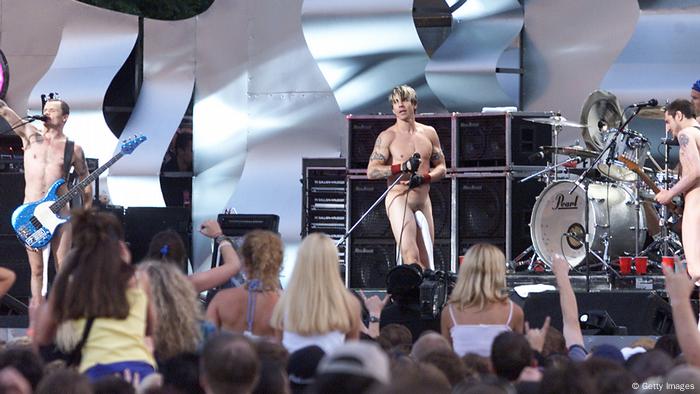
Nothing but tube socks: Onstage in 2000 in Seattle
Flea was born in Melbourne, Australia and moved to California with his single mother and siblings in the late '60s. His stepfather was a jazz musician, and young Flea was often allowed to sit in on jam sessions. He was a talented trumpet player and loved jazz.
His friend Hillel Slovak, an avid guitarist, taught Flea how to play bass when he was 16. Slovak and his Jewish family moved to Los Angeles from Israel — his first guitar was a bar mitzvah gift.
Jack Irons on drums completed the original Red Hot Chili Peppers line-up. It was not to stay together for long. While things were looking up for the band from the mid-80s onwards, two band members were spiraling downwards. Kiedis' heroin addiction worsened considerably over the years.
'Fight like a Brave'
"Fight like a Brave" on the album "The Uplift Mofo Party Plan" is about Kiedis' struggle with severe addiction. It would be many years and several stints at rehab before the musician managed to kick the addiction and stay clean. Today, Kiedis is a true health fanatic, a vegan who stays away from alcohol and drugs.
The band's guitarist Hillel Slovak lost the battle against drugs. At first, things looked good when the band went on tour in 1988 with "The Uplift Mofo Party Plan" — Kiedis and Slovak refrained from taking drugs.
But back in the US, both relapsed. On June 25, 1988, Slovak died of a heroin overdose. He was 26 years old.

Red Hot Chili Peppers in 1988, with Jack Irons on drums
Grieving the death of his friend, drummer Jack Irons left the band.
Flea and Kiedis wanted to continue, so they hired new musicians: 18-year-old guitarist John Frusciante, a huge fan of the band who knew all their songs, and Chad Smith on the drums. In this formation, the Peppers had their greatest commercial successes.
'Under the Bridge'
The album "Mother's Milk" was released in 1989, followed two years later by "Blood Sugar Sex Magik," which catapulted the Red Hot Chili Peppers to international mega-fame.
The ballad "Under the Bridge," not a typical Red Hot Chili Peppers song at all, reached number 2 in the US Billboard pop charts.
It only ended up on the album by chance. Producer Rick Rubin had leafed through Kiedis' notebook during rehearsals one day and came across a poem about the singer's drug experiences, but the singer told him, "It's not a Chili Peppers song," as he wrote in his autobiography "Scar Tissue." Rubin convinced Kiedis to turn the poem into a song, and it became the band's biggest hit ever.
Kiedis, Flea and Smith enjoyed the fame, but Kiedis recalls in "Scar Tissue" that Frusciante was uncomfortable with it. He felt the band was too popular, it was a kind of success he didn't need.
The guitarist left the band in 1992, and he too struggled with drug problems in the years that followed, but returned to the Peppers in 1998 as things were not going well with his successor, Dave Navarro. The band recorded only one album in six years with Navarro, "One Hot Minute."

Lead singer Anthony Kiedis writes about his struggle with drug addicition in his autobiography, 'Scar Tissue'
With Frusciante back on board, the Red Hot Chili Peppers recorded the very successful albums "Californication" (1999), "By the Way" (2002) and "Stadium Arcadium" (2006).
In 2009, Frusciante left again to tackle solo projects. Josh Klinghoffer replaced him on guitar and recorded "I'm with You" (2011) with the band.
Ten years later, the band parted ways with Klinghoffer, and John Frusciante returned once again. "It just works out better with him," the band said in an interview with Rolling Stone music magazine. "On an artistic level, and being able to communicate with the same [musical] language, it was easier with John," Flea said. "Being back in a room together and just letting things run their course ... that was really exciting."
During the COVID-19 pandemic, the four musicians retreated to their home studios to write songs. Of the 100 written, 17 are on the new album. "Black Summer" is the first single release.
The band's legendary status is now being honored with a star on the Hollywood Walk of Fame on March 31.
This article was originally written in German.
